Household heating meters: learning how to save money in an apartment building
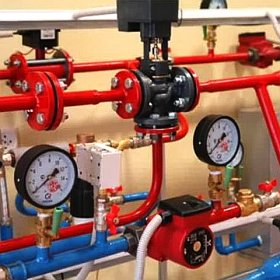
Heating tariffs are perhaps one of the most controversial and exciting topics for the population. The main emotion that heat bills usually evoke among citizens is outrage. And this is not surprising, since the quality of the services provided often often does not correspond to their cost. It became possible to reduce the degree of tension in the dialogue between suppliers of housing and communal services services and consumers when common house heating meters began to be actively introduced.
According to the law adopted several years ago, such metering devices must be installed in all high-rise buildings, with the exception of those that are in poor condition, as well as houses where the meter’s fee and installation may exceed the amount of payment for heating for six months.
Like any “novelty”, heat meters cause a lot of questions for potential consumers (especially considering the fact that you have to pay for these devices from your own pocket). First of all, what are their real advantages, how reliable and profitable they are, whether they really help to save.
Content
Motivation to save energy
Recently, there has been a lot of talk about the importance of energy conservation. The control and accounting of the consumed heat energy becomes a task of paramount importance. With the installation of a common house meter, both the house administrators and the apartment owners themselves have a real incentive to think about heat saving. If until recently the recommendations to “warm up” simply “shook the air” and did not go beyond good wishes, now this is an occasion to act.
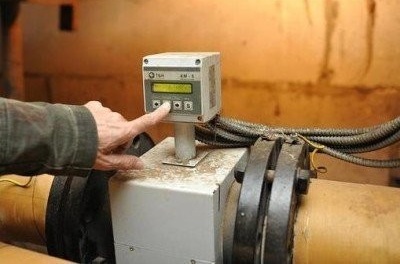
It is wrong to say that a common-house meter reduces heating costs, because this device alone can not save anything - it just keeps track of the resources consumed. Real savings are achieved through high-quality thermal insulation of the building
The federal law obliging the installation of common metering devices was adopted with the aim of:
- Promote fair and equitable distribution of payment for heat. Residents of houses “investing” in heat saving will pay significantly less than those who are indifferent to broken windows in the stairwell. Whether it is fair or not, everyone decides for himself.
- To increase the responsibility of everyone for the overall "result". After all, the amount of payment directly depends on each thrift. Economic motivation is the most effective. Do not bother to close the access door - pay more.
- Monitor the volume and parameters of the coolant.
It turns out that a well-insulated house facade, sealed windows, good porch doors are almost a 100% guarantee that, if there is a common house meter, residents of an apartment building will be able to save. But poor thermal insulation of the building, old windows, round-the-clock access doors that are open wide open guarantee the increase in heating costs.

Warming of house facades to reduce heat loss of housing is no longer a fashionable trend, but a real need in the face of constantly increasing tariffs for housing and communal services
Disadvantages of collective metering devices
The disadvantages of the innovation in the form of common house heat meters are also enough. The main one is the need to pay them out of your own pocket. The cost of the meter, the costs of its installation and configuration are fully borne by the residents of the house. And we are talking about pretty impressive amounts. Fewer apartments in the house - more money will have to shell out.
In addition to acquiring the device, you must choose a reliable organization that will install it, put on record; will perform comprehensive maintenance, and if necessary, repair the device. Collaboration with dubious offices may result in additional difficulties - primarily material ones. But if you turn to a reliable company and order the installation of a heat meter on a turnkey house, you can save yourself from a whole load of problems, because its specialists:
- help in the design and receipt of technical conditions;
- develop design and technical documentation;
- coordinate the project in the heat supply organization;
- will carry out installation and commissioning.
Returning to the shortcomings of the equipment, it is also worth noting the lack of opportunity to save in each individual apartment. "Screw" the battery to a minimum and pay "penny" will not work. For this, individual metering devices are needed. If the device of the heating system in the house allows the installation of the latter, then this is certainly an ideal option. With them, the principle of “how much I consumed, how much I paid” is absolutely real and the savings can become quite tangible. True, an impressive waste will be required on an individual meter - this is far from affordable for everyone.
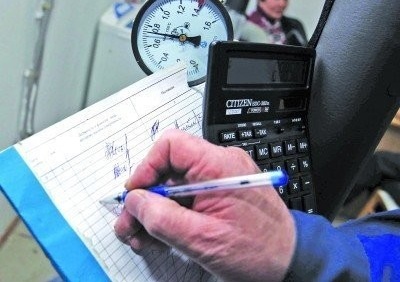
If your apartment is located in a house where the installation of the heating system is implemented according to a horizontal scheme, you can install an individual heat meter. For buildings with vertical wiring, a common house meter is the only hope for savings
ITP meter - thermal independence
Yes, a common-house meter reduces heat consumption by up to 30% and fully pays for itself in 3 years, but it would be nice not only to monitor the heat consumption, but also to manage it. By installing not only a metering device, but also an individual heat point, consumers can adjust the temperature of the coolant supplied to the system. Also, thanks to the ITP, it becomes possible to regulate the pressure in the system - this is a significant plus, given the possible frequency of its drops, which entails pipe breaks.
It is no secret that in apartment buildings the heat can be distributed unevenly between apartments. The reason for this phenomenon lies in the imbalance of the heating system. You must admit that the situation is familiar: in apartments on the upper floors it is difficult to tolerate frying, while on the lower batteries it is slightly warmer than ice (or vice versa). ITP easily fixes this problem.
Equipping it is quite simple: a heat exchanger, a couple of pumps, wiring and the heat meter itself.
Classification of common house heat meters
Although the heat metering equipment performs the same function, it uses different operating principles, has its own design features, and requires compliance with certain installation and maintenance specifics.
Therefore, you can’t just choose a common house meter yourself, but you don’t have the right.Only competent specialists of the relevant organizations will be able to accurately determine which type of devices is optimal in specific conditions, recommend a trusted supplier company, calculate the required amount of additional equipment.
It is useful to know that in the housing and communal services the following types of meters are used:
- tachometric;
- electromagnetic;
- vortex;
- ultrasound.
Tachometer meters are the easiest budget option. They are equipped with mechanical water meters and a heat meter. Their cost is significantly lower than other metering devices. The main disadvantage of such equipment is the problematic operation in conditions of increased water hardness. The filter will often clog, and this will naturally weaken the pressure of the coolant: dubious benefits are evident. Therefore, tachometric meters are usually chosen for houses and apartments in the private sector. A huge advantage of mechanics is the absence of all kinds of electronic components, which allows the device to function even for a long time in adverse conditions (humidity, dampness).
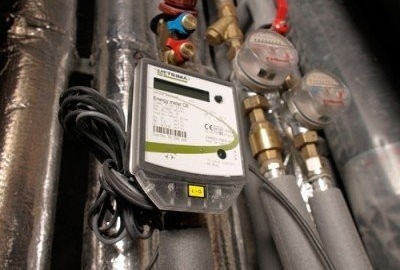
The correctness of the operation of a common house heat meter is influenced by such factors as the purity of the liquid in the system, the uniformity of pressure, the microclimate of the room in which the measuring device is installed
Electromagnetic devices are an affordable solution that guarantees high accuracy of measurements during high-quality installation and periodic qualified maintenance. They are suitable for areas with good water quality, since metal impurities in it can distort the reliability of the device's indicators - to a greater extent.
Vortex counters can be easily mounted on both horizontal and vertical sections of the pipeline, display the correct indicators under any conditions, have a radio interface that helps to troubleshoot and take readings remotely - this is probably why service organizations respond to them very positively and recommend, for the most part , to install just them.
Ultrasonic metering devices, although they are high-precision and modern, in practice demonstrate not very high reliability - due to poor water quality, they often quickly fail. In addition, this equipment is very sensitive to welding currents.
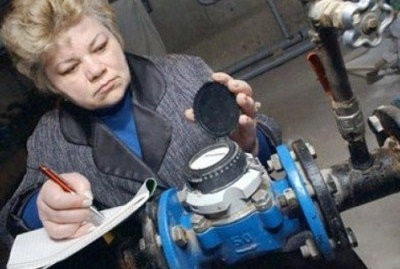
Like any other measuring device, a common house heat meter is subject to mandatory periodic verification. The service life of the equipment as well as the objectivity of the numbers in the bills for housing and communal services depend on the quality of service
How is the payment amount calculated?
Calculation of the amount of payment for heating according to a common-house meter is carried out according to this simple algorithm:
- The cost of heating one square meter of the building is determined (meter data multiplied by the tariff divided by the area of all heated rooms).
- The share of each apartment in the common property (in square meters) is calculated.
- The area of your "share" is added to the area of the apartment.
- The resulting figure is multiplied by the cost of heating one square meter.
Everything is simple and clear.
With the joint careful attitude of residents to the "well-being" of their home, the numbers in the accounts will definitely not be shocking. Remember, a house meter is not a means of saving, but just a reflection of your desire to save.
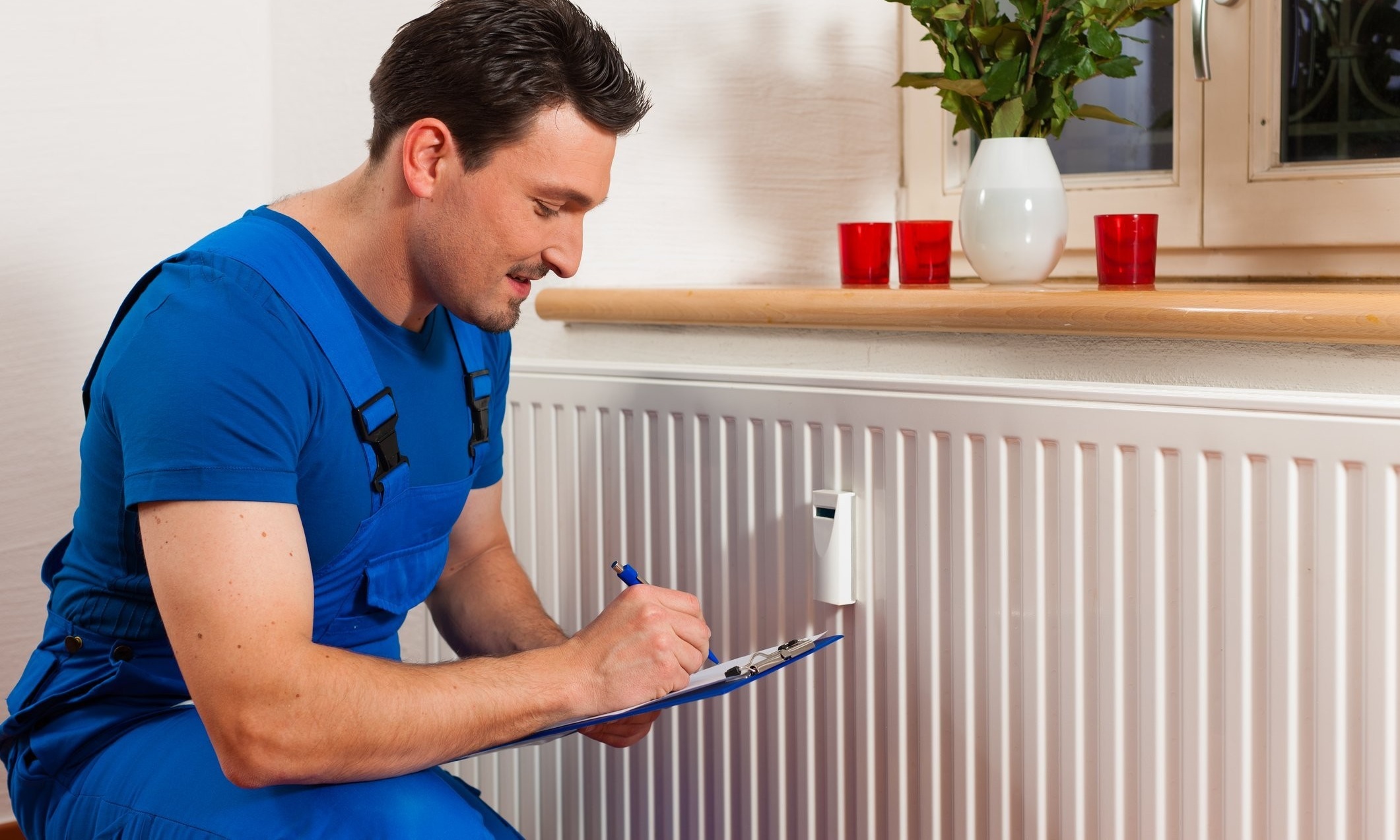
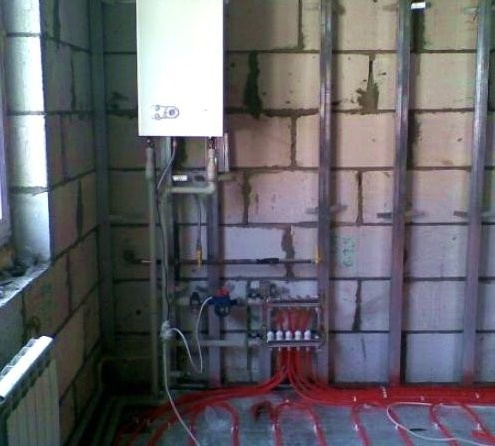
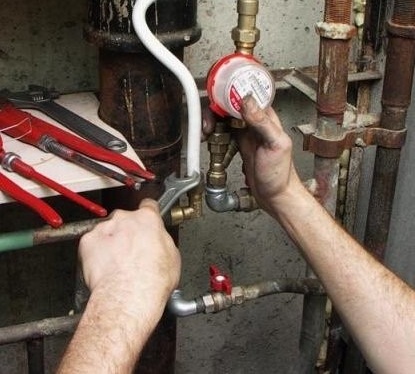
6 comments